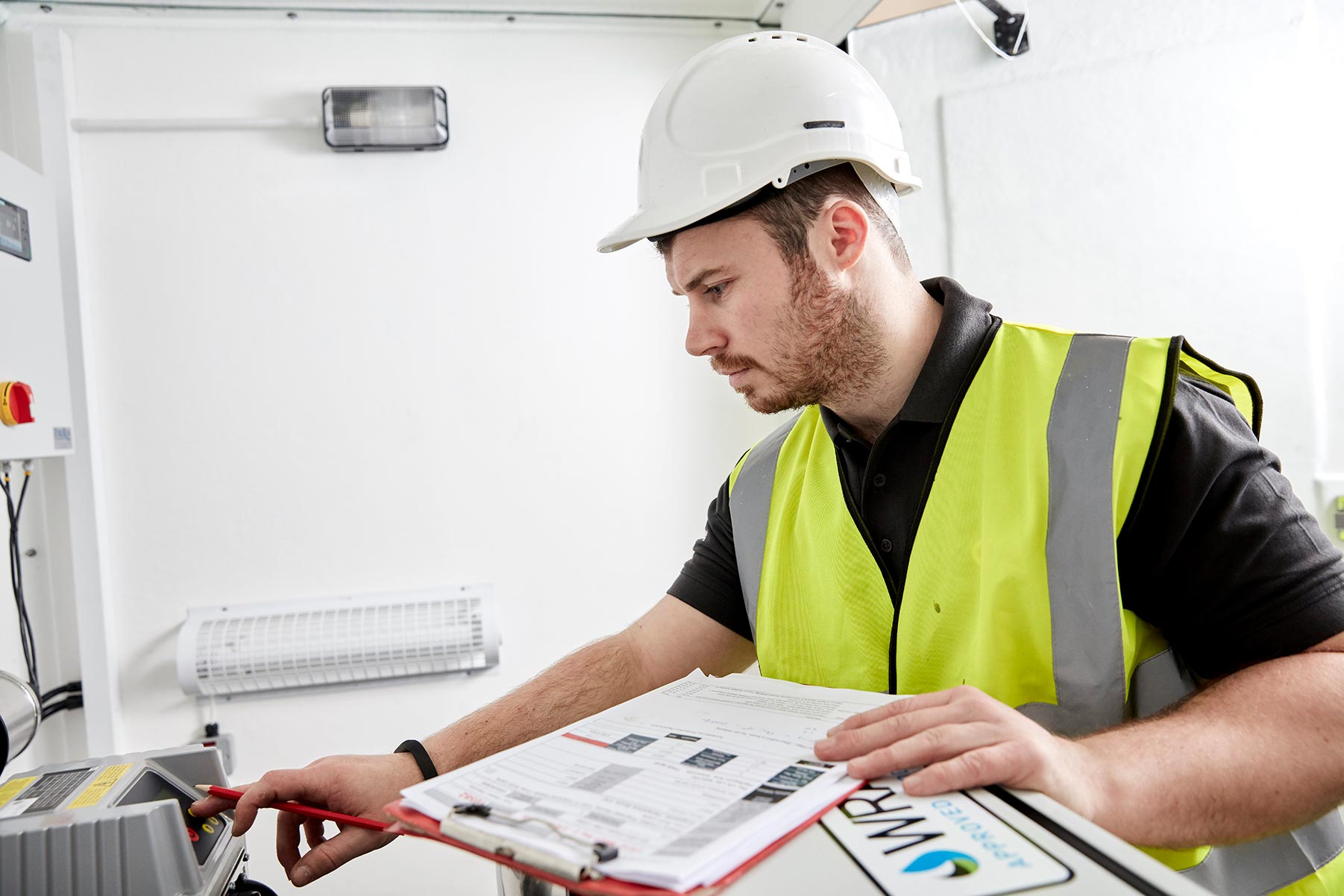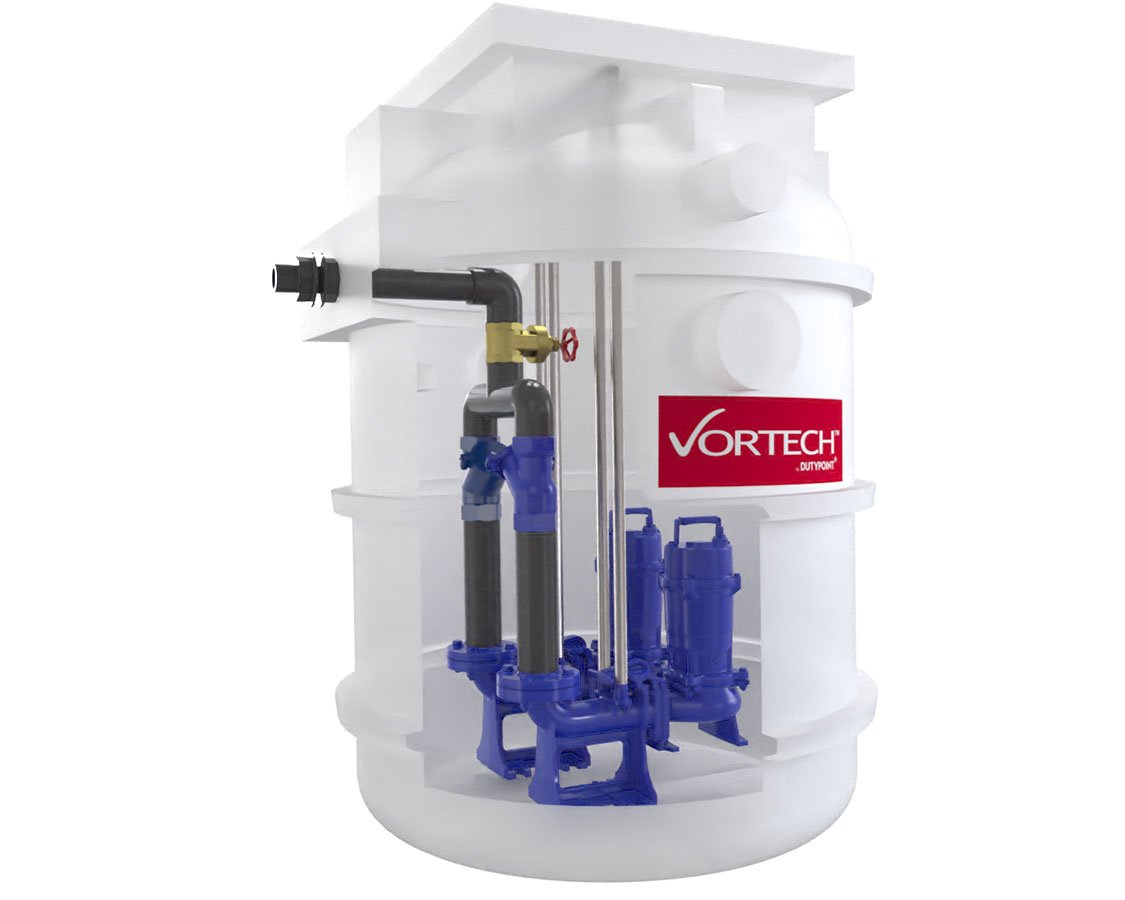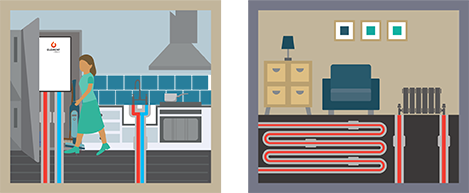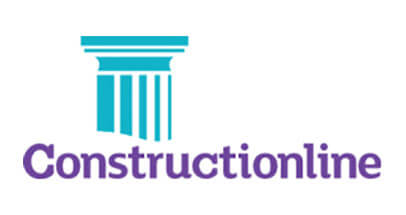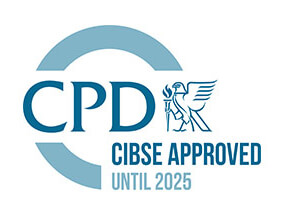Skills Shortage in Construction
Challenge: As the average age of the skilled construction workforce increases1 and the influx of skilled labour from outside the
UK decreases2, our industry will inevitably face a skills shortage in the coming years. Training and development of
existing employees is of course critical, but can be costly. In many cases, tasks associated with equipment such as
control panels, electrical supplies, monitoring equipment, base plates and mounts are duplicated where there is
scope for them to be combined, thus saving on material and labour costs.
Solution: By combining essential plant equipment which would normally be installed separately, significant savings can be
made. Manufacturers aware of the impending skills shortage can offer opportunities to decrease the number of
skilled on-site hours required for a given project. Pre-packaged systems require significantly fewer labour hours to
install and commission.
Water Scarcity and Wastage
Challenge: In recent weeks, UK water companies have been enduring a rare national water shortage due to the unusually warm
weather. Although many assume this is comparatively rare, the South-East has become a water-stressed region3.
This is due to the rising population, increased water demand from luxury properties and the relatively low rainfall in
the region. According to Ofwat, over 3 billion litres of treated, potable water leaks from pipes across the UK supply
network every day4 (in the USA the figure is estimated to be over 22 billion litres5 – this is not a problem unique to the
UK). The water companies are being put under pressure to reduce these figures drastically – and they are gradually
succeeding – but given global water scarcity6, we must do our part as an industry to ensure water is used efficiently
and responsibly. We must also balance the considerations of potable water safety and avoiding excessive usage. One
of the issues identified is the increasing propensity to treat hard water with salt and other chemicals to achieve soft
water. Although this has energy-saving benefits, it inevitably increases the concentration of these chemicals in water
generally which will eventually affect natural habitats and make natural water harder to treat7.
Solution: Electromagnetic water conditioners are the ecological solution as they treat the water without introducing harmful
chemicals. Instead, these devices treat the water by altering the crystalline structures of the calcium carbonate in
the water to make them less adhesive rather than breaking them down altogether. This also means that the drinking
quality of the water is maintained following the treatment to separate drinkable supplies are not required.
In addition, there are no chemicals to replenish and cost savings are achievable.
References:
1The Farmer Review of the UK Construction Labour Model – Mark Farmer, October 2016
2Home Office figures as cited in The Times, 28 March 2018
3Water stressed areas – final classification – Environment Agency, July 2013
4Water, water everywhere? Delivering a resilient water system – Consumer Council for Water, December 2017
5State of the water industry – American Water Works Association, March 2016
67 reasons we’re facing a global water crisis – World Resources Institute, 24 August 2017
7Alternative regenerant for softening water – Dr K Polizotto & Dr C Harms, University of Wisconsin, December 2001.
VR with EC.
Ultra-compact cold water booster set with integral electromagnetic water conditioner.
The VR range of twin and triple pump booster sets are designed to produce maximum performance within a minimum floor area. Built to an impressive specification, with extensive use of stainless steel throughout, the exceptionally compact footprint completely contains the pumps, pressure vessels, manifolds, valves and control panel. BMS volt free contact, soft start, low level protection and surge protection are standard features.




 Lloyd Preston
Lloyd Preston  8 October 2018
8 October 2018 